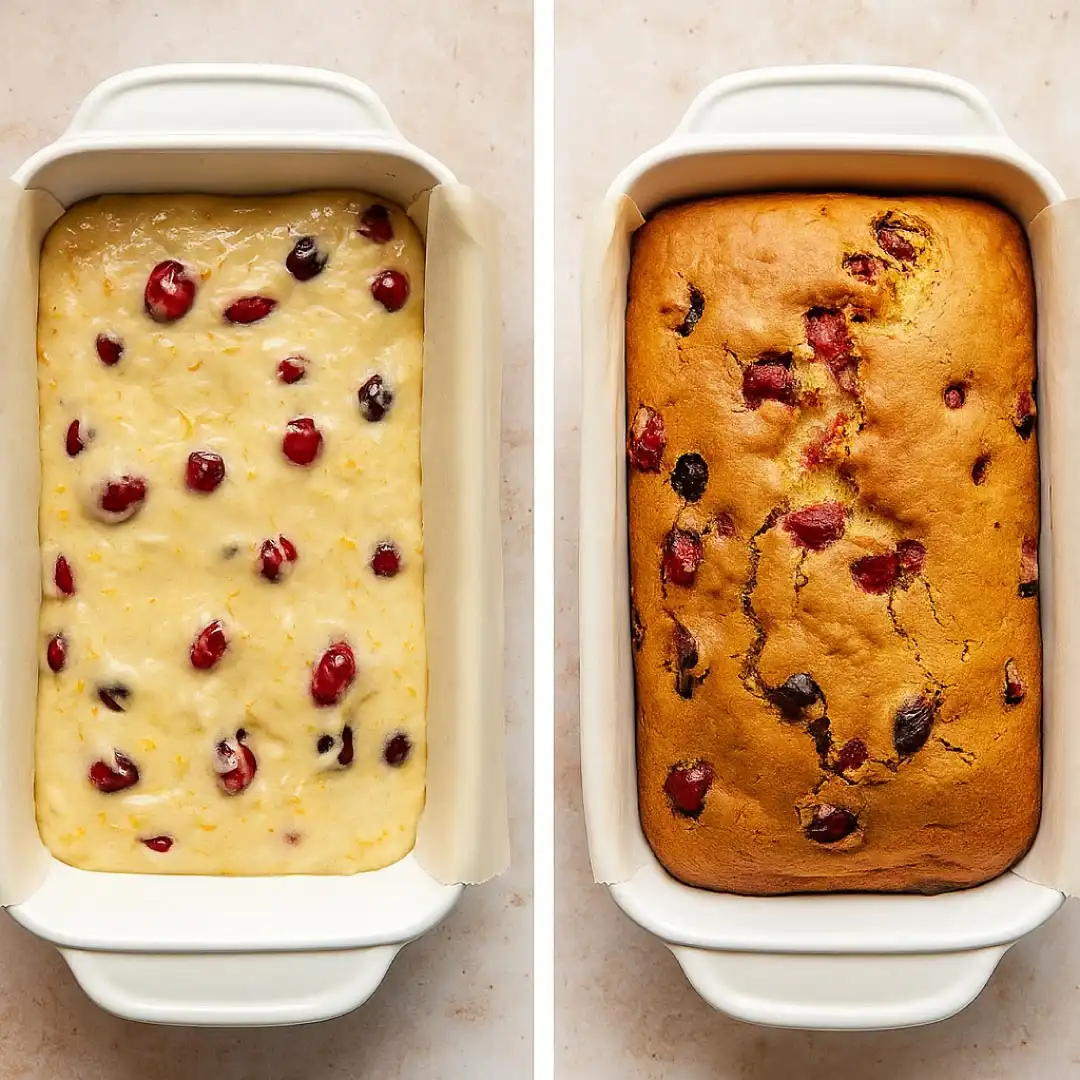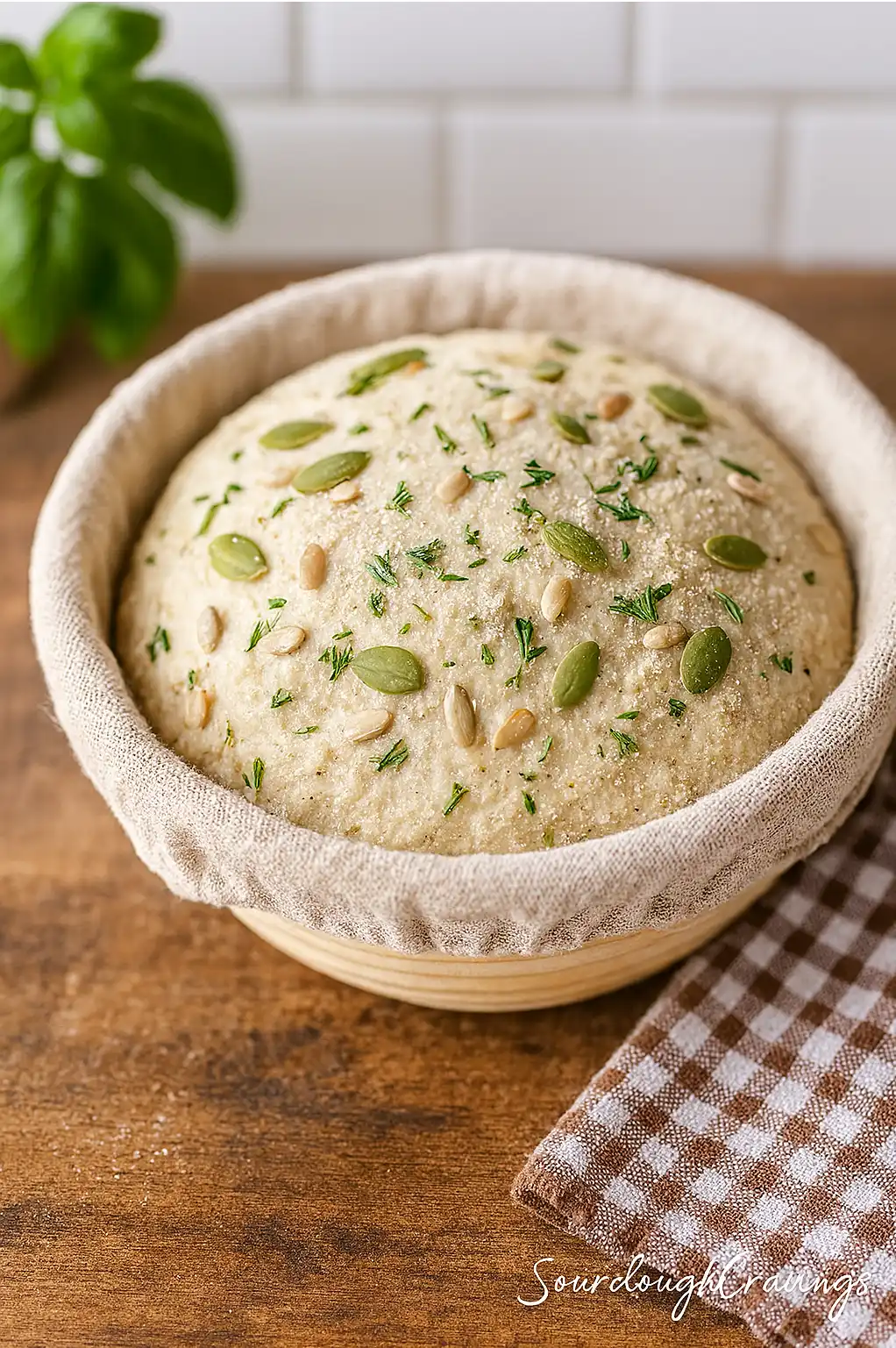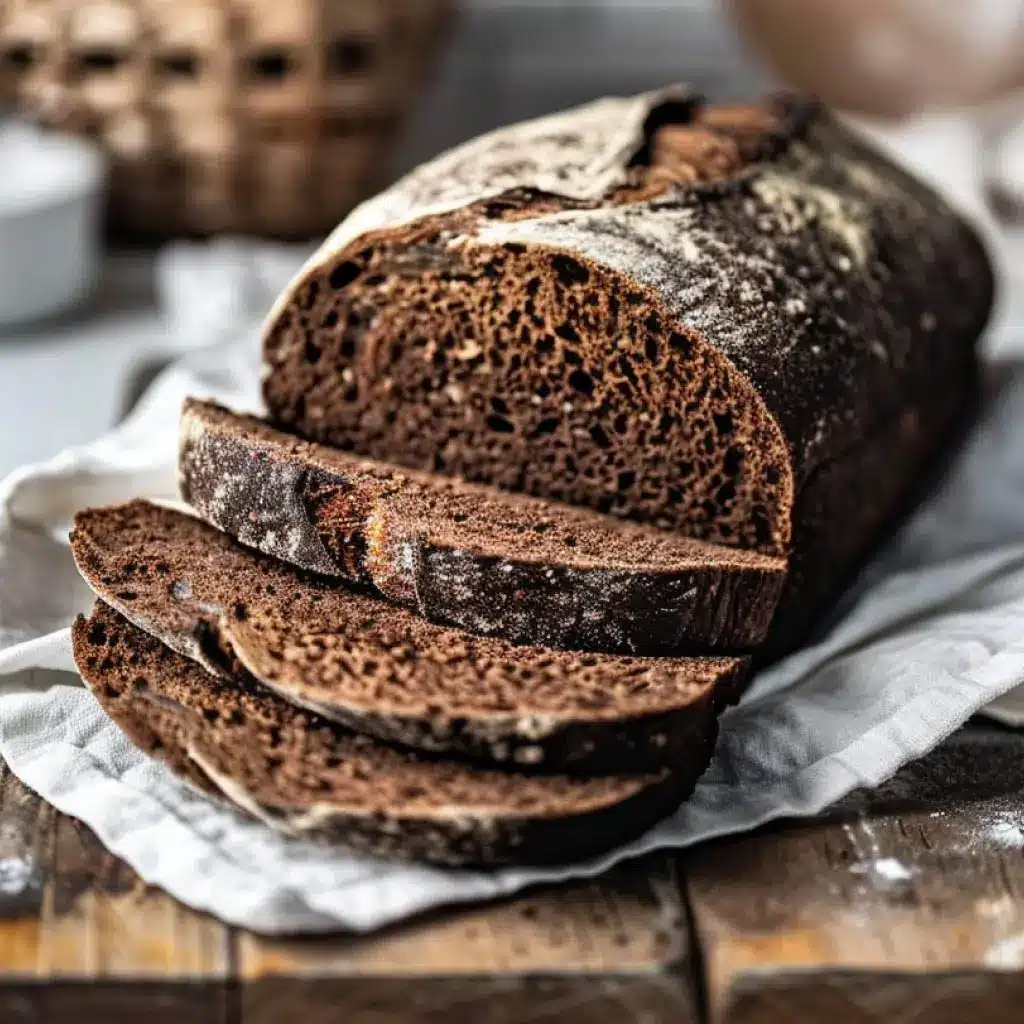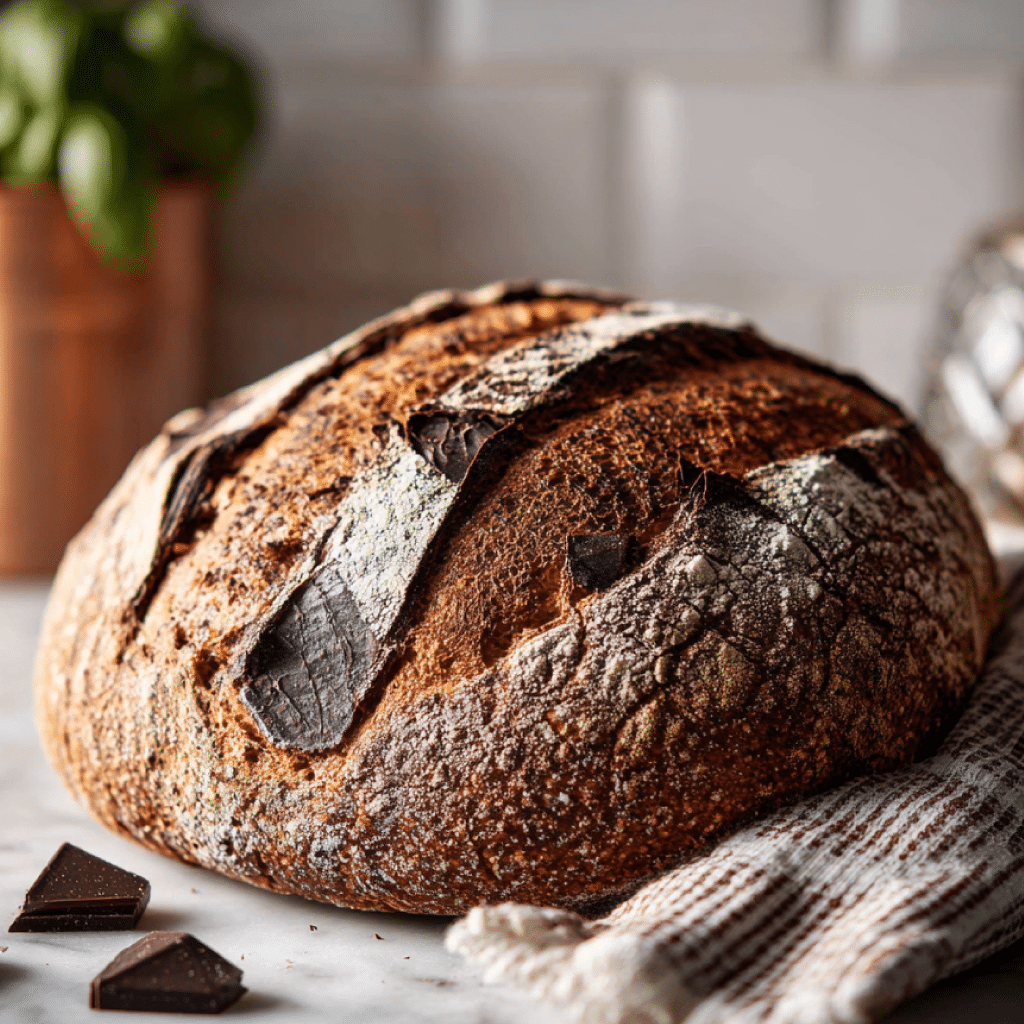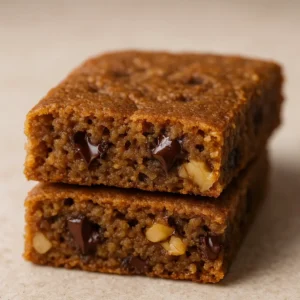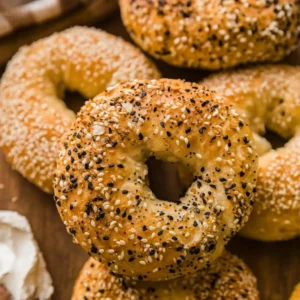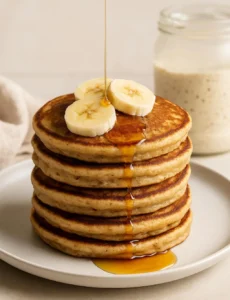High protein sourdough bread changed the way I think about breakfast—and honestly, about fuel in general. For years, I juggled carb crashes, crumbly protein bars, and store-bought “healthy” breads that were mostly sugar and air. But when I started baking my own high protein sourdough bread at home, everything shifted.
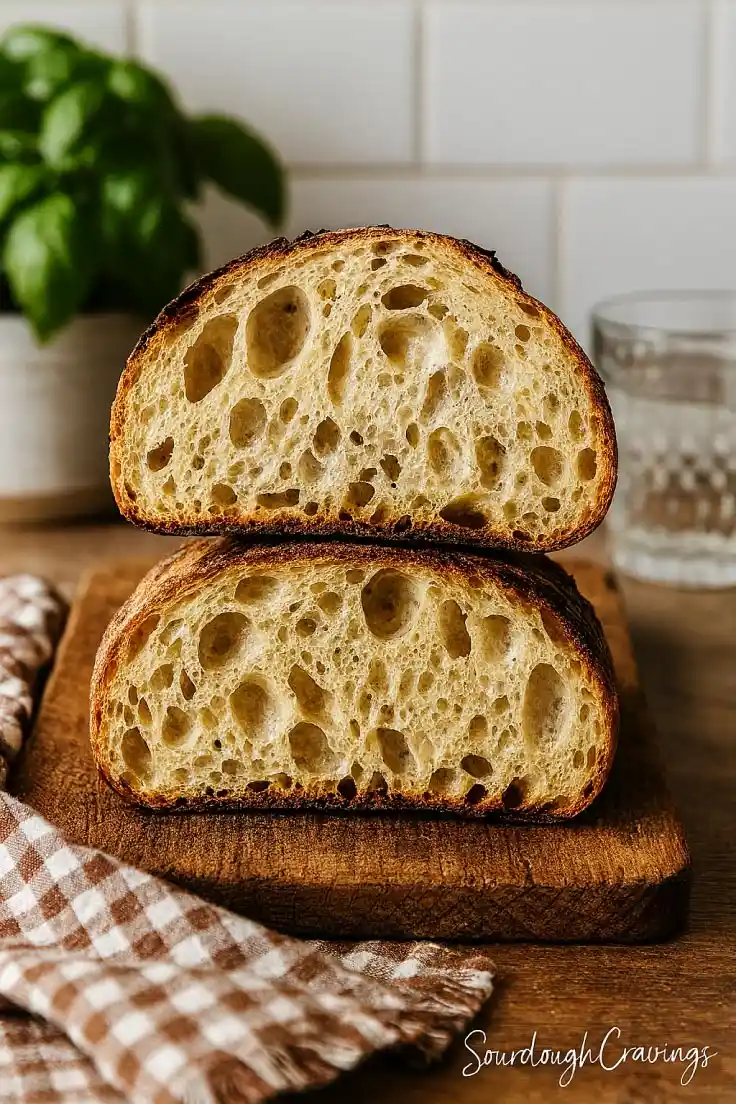
With just a few tweaks to my go-to loaf, I was getting the same tangy, chewy crust I loved—but now with lasting energy from every slice. I’m talking about a hearty mix of fermented grains, Greek yogurt, seeds, and sometimes even a boost from clean protein powder. Whether I’m pairing it with eggs in the morning or slathering it with almond butter post-workout, this bread has become my secret weapon.
And trust me—high protein sourdough bread doesn’t taste like “health food.” It’s real-deal artisan sourdough, but with the added bonus of keeping me full for hours. As a mom constantly on the move (and always chasing the next bake), it hits that sweet spot between functional and flavorful.

High Protein Sourdough Bread
Ingredients
Method
- Mix all ingredients in a large bowl until shaggy.
- Cover and rest for 45 minutes.
- Perform 3 rounds of stretch and folds, 30 minutes apart.
- Let bulk ferment 4–6 hours at room temperature.
- Pre-shape and rest 20 minutes.
- Shape into a round and place in floured banneton.
- Cold-proof 8–12 hours in fridge.
- Score and bake at 475°F for 20 minutes covered, 25 minutes uncovered.
- Cool completely before slicing.
Nutrition
Notes
Loved this recipe?
Leave a rating & comment. how it was!In this article, I’ll walk you through exactly how I build my protein-packed loaves, the ingredients that make the biggest difference, and the science behind making it fluffy—not dense. Plus, we’ll link up with other go-to recipes like these sourdough protein waffles and my favorite cranberry orange sourdough bread for flavor inspiration.
Let’s get into the bread that changed my kitchen—and my energy levels—for good.
Table of Contents
What Makes High Protein Sourdough Bread Different?
II. What Makes High Protein Sourdough Bread Different?
High protein sourdough bread isn’t just a trend—it’s a smarter, more satisfying way to bake and eat. At its core, it’s still everything we love about sourdough: tangy flavor, chewy crust, and a naturally fermented dough that’s easier to digest. But when you layer in extra protein, it becomes a powerhouse loaf built for energy, balance, and real nourishment.
The difference is in the numbers. While traditional sourdough might offer 3–5g of protein per slice, high protein sourdough bread can deliver double—or more—depending on what you mix in. I use a blend of strong flour, Greek yogurt, and seeds like hemp or flax to naturally boost the protein content without making the loaf heavy or dry.
Beyond macros, it also performs differently. The added protein changes how the dough hydrates, how it holds its shape, and how it bakes. But once you learn the rhythm, it’s honestly no harder than regular sourdough. You just need the right ingredients and timing—both of which I’ll cover below.
If you’re the kind of person who loves artisan bread but also wants to feel good after eating it, high protein sourdough bread checks every box. It’s become a cornerstone in my kitchen—especially during weeks when I’m baking ahead and planning balanced meals.
Curious about what else you can toss into your dough to level it up? My guide to the Best Sourdough Inclusions is packed with both savory and sweet options that complement higher-protein bakes. You’ll find ideas for spices, mix-ins, and even prep-friendly add-ins like soaked quinoa or cooked lentils.
For the science-minded bakers, Harvard’s Nutrition Source on Protein breaks down why quality and balance matter more than just hitting a number.
My Journey: Why I Started Baking High Protein Sourdough
High protein sourdough bread wasn’t even on my radar when I first started baking with my bubbly starter. Back then, I was chasing crust, open crumb, and a good rise—not protein content. But somewhere between early morning school runs and post-dinner workouts, I realized my bread needed to work a little harder for me.
Store-bought “protein breads” felt like a compromise. Too sweet, full of stabilizers, and honestly—nothing like real sourdough. So I started experimenting. First with a scoop of protein powder. Then I swapped in Greek yogurt. I added flax, chia, and even blended cottage cheese once (which made an oddly fluffy loaf I still think about). Eventually, I landed on a formula that tasted like bread, acted like sourdough, and actually kept me full.
These days, high protein sourdough bread is my go-to for everything from avocado toast to grilled sandwiches. I bake a loaf every weekend and slice it into freezer bags for the week. And it’s not just me—my kids now ask for “the strong bread” when they’re packing lunch. I call that a win.
And if you’ve been loving recipes like my sourdough protein waffles or those chewy sourdough discard protein bars I can’t stop making—this bread fits right into that rotation. It’s the base layer for so many meals in our house, and it never gets old.
Best part? Once you master the method, it’s endlessly customizable. Whether you lean savory with seeds and herbs, or want a sweeter loaf with cinnamon and raisins, high protein sourdough bread adapts. It’s hearty, nourishing, and full of homemade pride.
Key Ingredients for High Protein Sourdough
When it comes to baking high protein sourdough bread, the ingredients matter more than ever. You’re not just looking for lift and flavor—you want fuel, fiber, and enough protein to make each slice worth the effort. I’ve tested dozens of variations, and the right combos will turn your loaf into a true powerhouse.
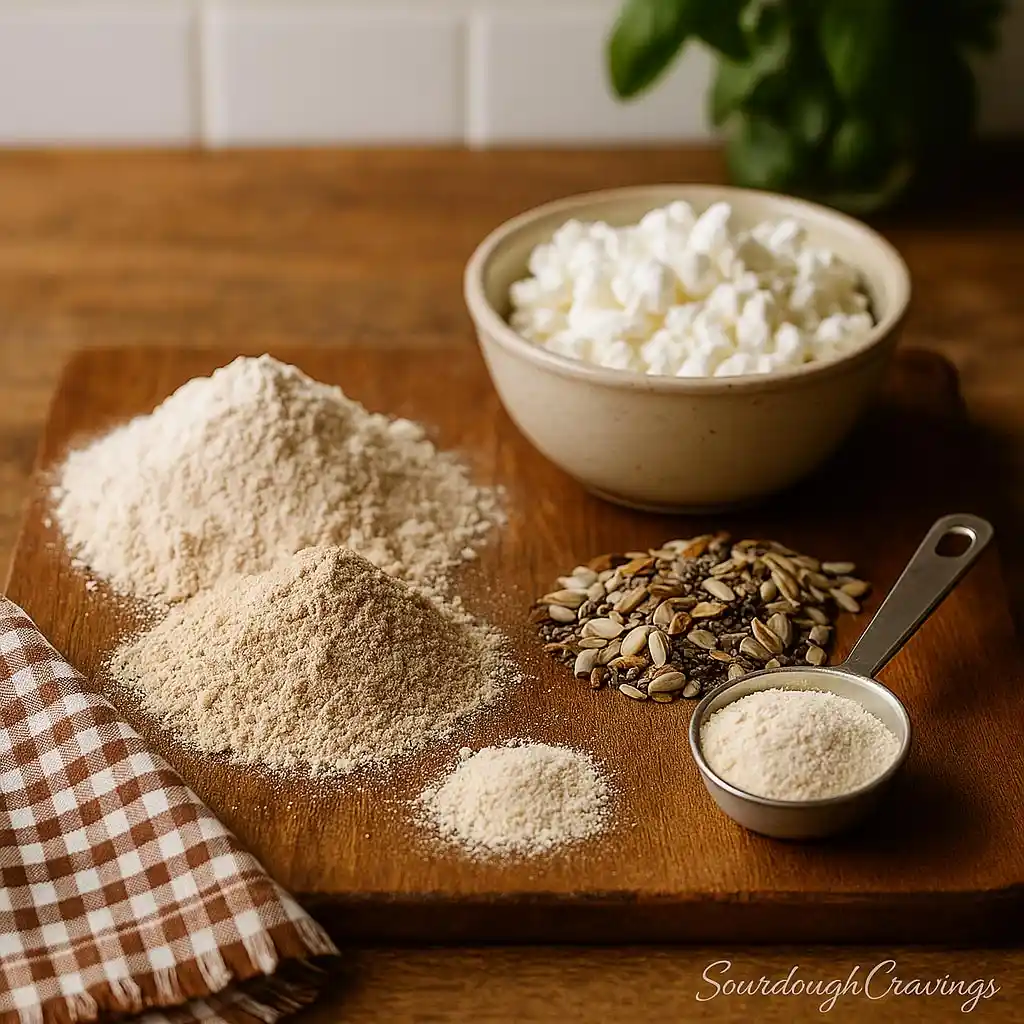
1. High-Protein Flours That Work
The foundation of any high protein sourdough bread is the flour. I always start with strong bread flour, but if I want a serious bump in protein, I blend in others like:
- Whole wheat flour – higher in protein and deeply flavorful
- Spelt – a favorite for its slightly sweet nuttiness and added structure
- Chickpea flour – brings density and an earthy boost to any protein-rich bake
I usually go with 70% bread flour and 30% one of these protein-friendly options. That blend keeps the classic sourdough crumb but gives each slice a little extra staying power.
2. Dairy That Doubles as a Protein Booster
In my go-to version of high protein sourdough bread, I always mix in either plain Greek yogurt or cottage cheese. Not only does it add creaminess and softness to the crumb, but the protein content makes every bite more satisfying. It’s also the trick behind the structure in my sourdough protein muffins and sourdough protein waffles.
Tip: If you use cottage cheese, drain it a bit first so your dough doesn’t get too wet.
3. Seeds and Grains That Add Texture and Protein
Another easy way to build high protein sourdough bread? Add-ins! I’m talking about sunflower seeds, hemp hearts, chia, flax, and even oats. I soak them before folding into the dough during bulk fermentation. That prevents moisture imbalance and creates the kind of crumb I crave—chewy, hearty, and never dry.
I usually use about 10–15% of the dough weight in seeds or grains.
4. Protein Powder (Optional but Powerful)
If I want a serious bump in grams-per-slice, I’ll whisk in a bit of clean protein powder. Just 1–2 tablespoons in the dry flour mix gives my high protein sourdough bread a boost without overpowering the flavor. I’ve had great luck with unflavored whey isolate or pea protein—it works especially well in loaves and discard bakes like my sourdough discard protein bars.
💡 Curious about smarter ways to get more protein into your everyday meals? Harvard’s Nutrition Source Protein Guide is full of smart, research-backed tips on choosing quality sources for your diet.
How to Make High Protein Sourdough Bread (Step-by-Step)
Making high protein sourdough bread at home doesn’t mean starting from scratch with some fancy new formula. You’re still using your starter, still leaning into long fermentation—but now you’re building in ingredients that fuel your body as much as they satisfy your cravings.
Here’s how I make my go-to loaf that delivers on flavor and function.
Step 1: Activate Your Starter
I feed my starter with 1:1:1 (starter:flour:water) about 4–6 hours before mixing. It should be bubbly and doubled in size when ready.
➡️ If you’re new to starters or want to play with inclusions, check out my Best Sourdough Inclusions guide for flavor inspiration that won’t mess up fermentation.
Step 2: Mix the Dough
In a large bowl, stir together:
- 100g active sourdough starter
- 350g bread flour
- 100g whole wheat flour
- 20g chickpea flour (optional for extra protein)
- 300g water
- 60g Greek yogurt (or 80g well-drained cottage cheese)
- 10g salt
Let this rest for 30 minutes (autolyse).
The mix will feel a little sticky—this is normal when building high protein sourdough bread. Don’t over-handle it yet.
Step 3: Strengthen with Stretch & Folds
During the first two hours, I like to perform three gentle stretch-and-fold rounds, each spaced about 30 minutes apart. It helps the dough gain structure without overworking it. You’ll notice it firming up with each round—especially helpful when your dough includes heavier ingredients like yogurt or protein flours, which can make things a little slacker at the start.
If you’re adding soaked seeds or grains, gently fold them in after the first set.
Step 4: Bulk Fermentation
Let the dough rise at room temp (about 70°F) for 4–6 hours, or until nearly doubled. The added dairy slows it down a bit, so be patient—high protein sourdough bread often takes longer than classic loaves.
Step 5: Shape and Cold Proof
After the bulk rise, I gently shape the dough into a loose round and let it relax for about 20 minutes. Once it’s rested, I tuck and tighten it into a firm boule, then nestle it into a banneton lined with rice flour to keep it from sticking.
Cover and cold-proof overnight (10–14 hours) in the fridge.
Step 6: Bake and Cool
Preheat your Dutch oven to 475°F. Score the loaf, then bake:
- 20 mins covered
- 20–25 mins uncovered at 450°F
Let it cool completely before slicing. I know—it’s hard. But it’s worth it. That’s when high protein sourdough bread really shines: open crumb, nutty aroma, and the satisfaction of a loaf that fuels more than just your taste buds.
Nutrition + Macros Breakdown (Why It Works)
High protein sourdough bread has completely changed the way I look at breakfast and lunch. It’s not just a cozy slice of homemade goodness—it’s a smart, filling choice that fuels me without the sugar crash. I started baking high protein sourdough bread because I wanted something nourishing enough to power through my busy days without sacrificing flavor or texture. And now? I’m hooked.
What You Get in Every Slice
Here’s a general nutrition estimate for one thick slice of high protein sourdough bread, assuming you make a 12-slice loaf with Greek yogurt and chickpea flour:
| Nutrient | Approx. Amount |
|---|---|
| Calories | 145–165 kcal |
| Protein | 9–11g |
| Carbohydrates | 22–25g |
| Fiber | 3g |
| Fat | 2g |
You’re getting about 10 grams of protein per serving from high protein sourdough bread, without loading up on processed powders or excess fat. It’s real food with real benefits. I especially love baking this loaf after a long day when I know tomorrow’s breakfast needs to work harder for me.
Why High Protein Sourdough Bread Feeds You Better
One of the biggest perks of high protein sourdough bread is the balance it brings: complex carbs, gut-friendly fermentation, and complete protein sources all in one loaf. When I eat a slice topped with almond butter after a workout—or alongside eggs at brunch—I stay full for hours. No crashes. No cravings. Just steady energy and happy taste buds.
Even better? That magical fermentation process doesn’t just boost flavor. It also helps improve nutrient absorption and digestibility. When paired with high-protein flours, yogurt, or seeds, high protein sourdough bread becomes a true functional food—great for muscle repair, blood sugar control, and appetite regulation.
If you’re into the science like I am, Harvard’s Nutrition Source on Protein explains how to get enough protein without going overboard—and why pairing it with slow-digesting carbs (like sourdough) is such a win.
High Protein Sourdough Recipe Roundup
I’ve said it before and I’ll say it again: high protein sourdough bread is just the beginning. Once you get the hang of it, the possibilities open up fast. I started with a single loaf of high protein sourdough bread, but soon I was testing waffles, muffins, even grab-and-go bars—each one packed with protein and full of sourdough flavor.
Whether you’re craving something sweet, savory, or in-between, these high protein sourdough recipes give you energy without the crash. And yes, they’re all naturally fermented, packed with clean ingredients, and loved by picky eaters (I live with two).
1. Sourdough Protein Waffles
My go-to brunch hero, these sourdough protein waffles are crispy outside, fluffy inside, and filled with protein from sourdough discard and protein powder. They freeze like champs and heat up golden every time. You’ll never look at store-bought waffles the same way again.
2. Sourdough Protein Muffins
These sourdough protein muffins are the real MVP of my week. I bake a batch on Sunday and eat them all week long. Moist, tangy, and balanced with a solid punch of protein—they hit the spot with coffee, post-workout, or as a late-night nibble. A natural evolution of high protein sourdough bread in muffin form.
3. Sourdough Protein Pancakes
Need a protein-packed breakfast that doesn’t taste like cardboard? Sourdough protein pancakes are soft, fluffy, and naturally leavened—plus they keep me full for hours. I love topping mine with Greek yogurt and almond butter for a double protein boost.
4. Protein Sourdough Bagels
Who says bagels can’t be functional food? These protein sourdough bagels are dense, chewy, and surprisingly easy to make at home. With sourdough discard and extra protein in the dough, they’re a fantastic spin on high protein sourdough bread in bagel form. I stash a few in the freezer for busy mornings.
5. Sourdough Discard Protein Bars
When I need fuel on the fly, I reach for sourdough discard protein bars. They combine the gut-friendly benefits of sourdough discard with protein powder, almond butter, and oats. Bonus: the flavor is deep and delicious, thanks to the tang from the ferment. They’re a sweeter cousin to high protein sourdough bread, and just as satisfying.
You can also round out your baking rotation with naturally sweet, flavor-packed loaves like Brown Sugar Cinnamon Sourdough Bread or seasonal favorites like Cranberry Orange Sourdough Bread. While they aren’t high protein sourdough recipes by design, they show how versatile sourdough baking can be.
Want to get creative with your own protein-rich add-ins? Check out my Best Sourdough Inclusions guide—it’s loaded with protein-friendly ideas like seeds, nuts, and Greek yogurt that work beautifully in high protein sourdough bread.
FAQs About High Protein Sourdough Bread
Can you really get enough protein from high protein sourdough bread?
Absolutely. High protein sourdough bread can deliver 9–12 grams of protein per slice, depending on the recipe. I love using Greek yogurt, chickpea flour, and sometimes even whey protein isolate to boost the macros without messing with the structure or flavor. It’s a nourishing alternative to empty white bread—and way more satisfying.
What makes sourdough bread “high protein”?
High protein sourdough bread gets its boost from ingredients that are naturally rich in protein—like seeds, legumes, yogurt, and protein-enriched flours. You can even stir in protein powder (I use unflavored or vanilla). Unlike most traditional sourdoughs, these recipes are intentionally balanced for both energy and strength, making them ideal for meal prep or post-workout eats.
How does protein affect sourdough texture?
In high protein sourdough bread, extra protein changes the crumb slightly—it becomes tighter and chewier, but still soft and springy. I’ve found that fermentation smooths out any dryness that comes from added protein, especially when I include yogurt or discard. The end result is hearty, tender, and way more filling.
Can I add protein to any sourdough recipe?
Yes—but with care. Not every dough can handle extra protein. I usually reduce the hydration slightly and extend bulk fermentation. If you’re working with high-protein flour or powders, remember: a longer rest gives gluten time to do its thing. Start with a tested high protein sourdough bread recipe, then experiment from there.

